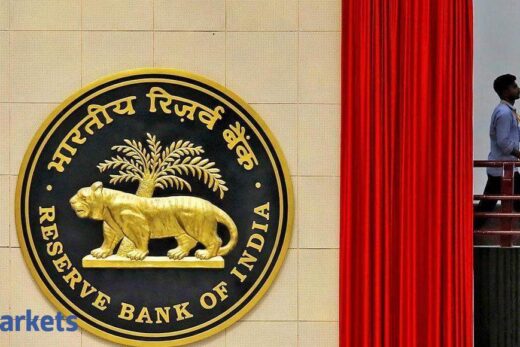According to industry captains, the new facility would help them to get about 1-1.5% positive carry on the borrowed fund, even after investing the same amount into government securities as mandated by the central bank.
“It’s a great confidence booster. The positive carry would offset the rising credit cost following the second wave, which is likely to disrupt income generation of our borrowers,” said Jana Small Finance Bank’s chief executive Ajay Kanwal. “Moreover, the low rate would be locked for three years,”
The banking system including small finance banks is sitting on cash surplus of Rs 7.12 lakh crore.
“We are carrying substantial surplus and most of the same is in short term securities. We would like to liquidate the same as it would be required for deploying loans,” said Suryoday Small Finance Bank’s managing director R Baskar Babu.

“However, we will use the excess long term securities to the extent of our borrowing through this new facility and to that extent will enable us to have a benefit in the net interest margin but it is likely to be marginal,” he said.
The benchmark 10-year government securities yielded 5.97 percent Thursday.
This is how the math works. Most SFBs have excess g-secs, giving suboptimal returns of about 5-5.5%. These lenders can now pledge these bonds to borrow up to Rs 10000 crore at 4%, giving a clear positive carry of 1-1.5%.
This window is an opportunity for SFBs with surplus g-secs to turn competitive, said Gopal Tripathi, head of treasury at Jana Small Finance Bank.
These lenders deploy the available fund at a higher spread. Small banks generally lend at rates in the range of 10-20% depending on borrowers’ profile.
Amid the second wave of coronavirus, the central bank Wednesday announced a financial package, aimed at making credit available to small businesses that are paying heavy prices for localised restriction on people’s movements. A three-year special long-term funding facility for small finance banks to ensure lending support to micro and small businesses was declared.
The disruptions are likely to hamper repayment of loans and therefore credit cost of lenders is likely to rise in the near term.
“SFBs are likely to benefit from an arbitrage arising out of this special liquidity window,” said Debendra Dash, senior vice president at AU Small Finance Bank. Lending rates would be lower than the usual rates. RBI should allow SFBs to purchase additional G-Sec in HTM (held to maturity) over the present limit of 22% for on-lending as provided.”
“This will provide an opportunity for SFB to lend without bothering about MTM risk,” he said.
In February, RBI granted banks a special dispensation of enhanced HTM limit of 22% of total deposits for statutory liquidity ratio, or the portion of deposits lenders are supposed to invest in sovereign papers. This is for SLR securities acquired between September 1, 2020 and March 31, 2021, until March 31, 2022.
“The objective of the RBI to enhance credit at a lower cost should be achieved,” said Rajeev Pawer, head of treasury at Ujjivan Small Finance Bank. “However, the scenario would depend on how long the localised lockdowns are required to extend as this will determine the demand for funds.”



